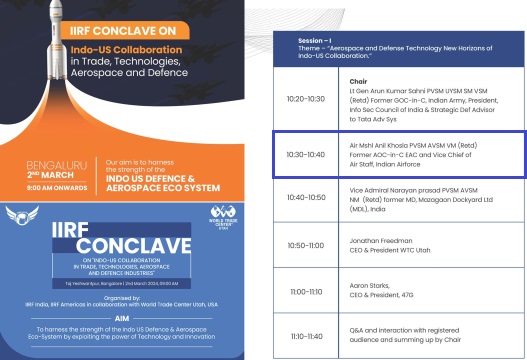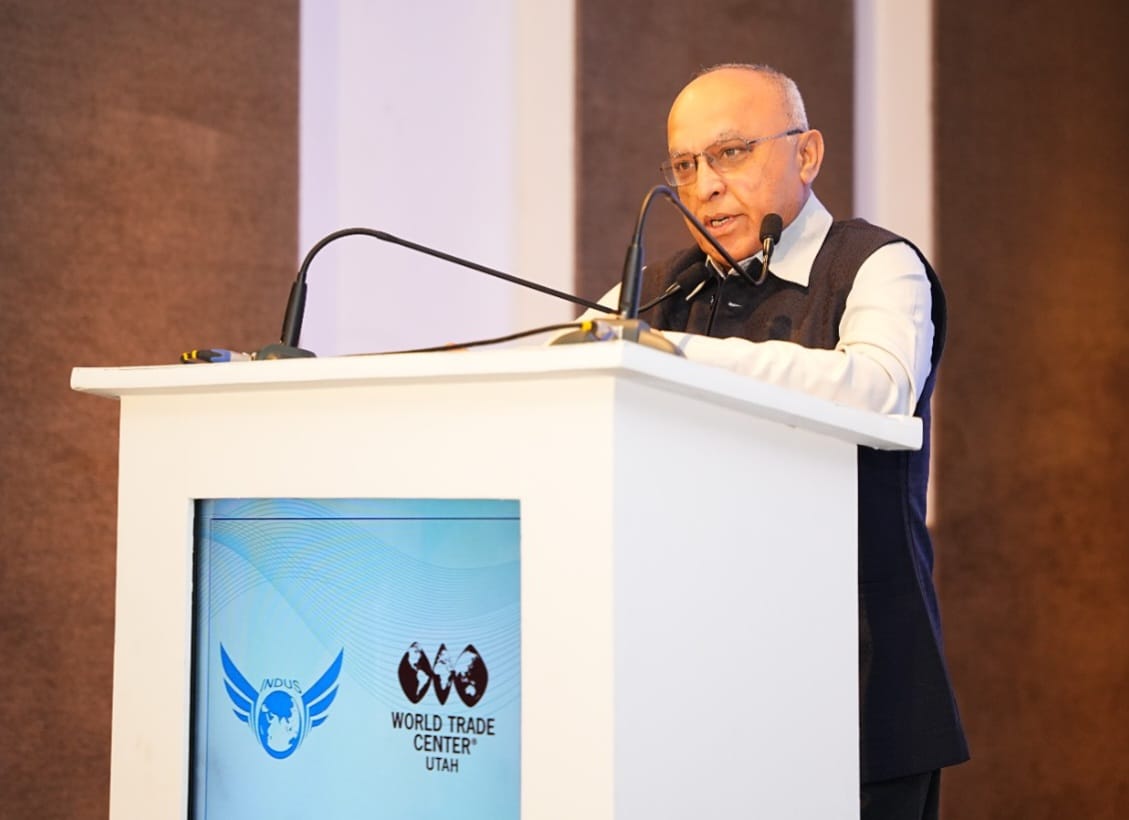“Join us on a captivating journey as we delve deep into the remarkable life and insights of former Vice Chief of Air Staff, Air Marshal Anil Khosla (Retd.), PVSM, AVSM, VM. From his illustrious career in the Indian Air Force to navigating the complex landscapes of Geopolitics, UN, NATO, and the intricate relationships between India and its neighboring nations, this conversation is a masterclass in leadership and strategic thinking. Discover the unseen threads that weave through the skies of camaraderie as Air Marshal Khosla shares anecdotes of squadron bonds and the importance of teamwork. And don’t miss out on unraveling the mystery behind his love for puzzles, offering a unique perspective on problem-solving and innovation. Tune in to gain invaluable insights and be inspired by the wisdom of a distinguished leader who has soared to great heights both in the skies and in life”.
– Santosh Kumar
Podcaster, Speaker, Author
“Between us..” is a podcast hosted by Santosh Kumar. He is a podcaster, speaker, a first time author. The idea of between us stems from the fact that every conversation matters. So using podcast as a medium, he bring people from diverse backgrounds, who have made an impact in every day lives, engaging them in a meaningful conversation.
To watch, please click on the link below:-
Suggestions and value additions are most welcome
For regular updates, please register here:-
References and credits
To all the online sites and channels.
Disclaimer:
Information and data included in the blog are for educational & non-commercial purposes only and have been carefully adapted, excerpted, or edited from sources deemed reliable and accurate. All copyrighted material belongs to respective owners and is provided only for purposes of wider dissemination.



